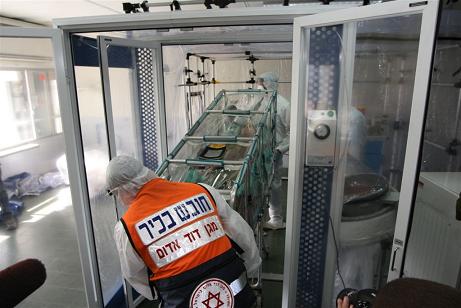According to the main researcher, the new method has an additional advantage in that it does not cause changes in the tested species. "We simply measure the mules directly"

Current identification methods for chemical and biological species include the use of tiny molecular "tags", usually fluorescent or radioactive chemical groups, and these methods are often lengthy and expensive. A research team from the University of Michigan recently developed a system to detect biological and chemical agents without the need for these tags, and the researchers anticipate that their technology will have extensive applications in a variety of fields, from medical diagnosis to drug development, as well as in the fields of internal security and environmental monitoring to detect chemical and biological warfare agents.
According to the main researcher, the new method has an additional advantage in that it does not cause changes in the tested species. "We simply measure the mares directly," says the researcher, adding that "tagging is a lengthy and expensive process and it may affect the biological activity of the mares being tested."
The researchers built their system by fitting an optical sensing device known as a "ring resonator", which has a higher sensitivity than a standard optical fiber or waveguide sensors. The researchers embedded a capillary fluid system inside the ring device, thus creating a "unique combination of capillary flow systems with ring resonator technology," according to the lead researcher.
The capillary system can be used for the introduction of liquid or gas into the interior of the sensor, which allows the new device a wide range of possible applications. In medical diagnostic kits, for example, body fluids such as blood or saliva can be used. Alternatively, the vapors emitted from exhalation can be tested for early and non-invasive diagnosis of diseases such as cancer. In the areas of homeland security and environmental monitoring, volatile organic compounds, such as explosives, are of interest to investigators. Most existing systems, especially for gaseous compounds, suffer from a lack of uniqueness. On the other hand, the newly developed device can be integrated into micro-gas chromatographic ("micro GC") systems, which allow a particularly unique identification of compounds.
